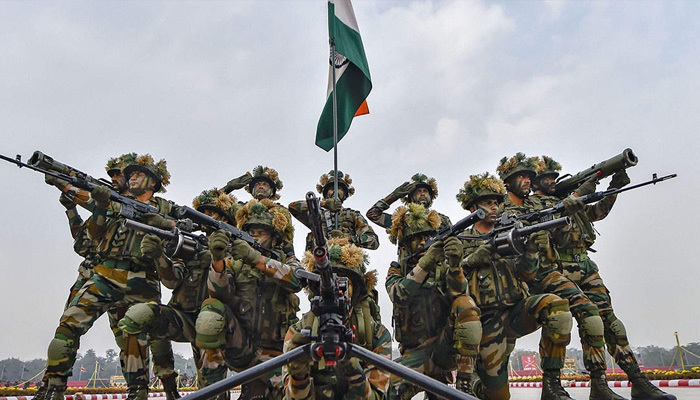Recent incidents involving the Indian military have raised serious concerns about its competence and professionalism. A Coast Guard helicopter, which was engaged in a rescue mission, tragically crashed into the Arabian Sea off the coast of Gujarat. The accident involved two pilots and two divers who were on board, with the pilots currently reported as missing. The search and rescue operations are ongoing, but the incident has already cast a shadow over the effectiveness of the Coast Guard’s operational readiness.

In a separate and equally troubling incident, a MiG-29 fighter jet from the Indian Air Force went down in the Barmer sector of Rajasthan during the night of September 2-3. Preliminary reports suggest that the crash was caused by pilot inexperience shortly after takeoff. This event has intensified scrutiny over the training and preparedness of pilots within the Indian Air Force.
These recent mishaps add to a growing list of accidents that have plagued the Indian military over the past three decades. Since the early 1990s, the Indian Air Force alone has suffered 535 aircraft crashes. Notably, 46 of these accidents occurred in the last five years, resulting in the tragic deaths of 42 pilots. This high rate of incidents has fueled concerns about the overall safety and operational effectiveness of the Indian military’s aviation units.
The repeated nature of these accidents has sparked widespread doubt about the Indian military’s preparedness and raised critical questions about the impact of government policies on the defense sector. The string of crashes has prompted a broader examination of the Indian military’s operational protocols, training programs, and maintenance practices. As these incidents continue to unfold, they underscore the urgent need for a comprehensive review and reform within India’s defense establishment to address the underlying issues and improve overall safety and efficiency.





